Andria is a fantastically located town on the eastern coast of Italy, in the Puglia region. This charming town is part of the province of Barletta-Andria-Trani.
For tourists it is a place for a few days’ rest, Andria offers fantastic places and opportunities. It is well known for the magnificent Castle del Monte, and there are several other fantastic buildings in the city center, including the Basilica of Santa Maria dei Miracoli. Andria also has plenty of great restaurants and cafes for wine and food lovers. Finally, due to its proximity to the coast, Andria has excellent access to world-class beaches and seaside resorts for those looking to relax. This region is known for growing olives, almonds and wine production.

Access
By plane: The nearest airport is Bari Airport located to the east.
By rail: A private train company runs between Bari and Andria and Barletta.
By car: The A14 Bologna-Bari motorway runs close to Andria. In addition, national roads to Barletta, Canosa di Puglia, Bari, Bisceglie pass through Andria.
Litoranea di Levante Beach

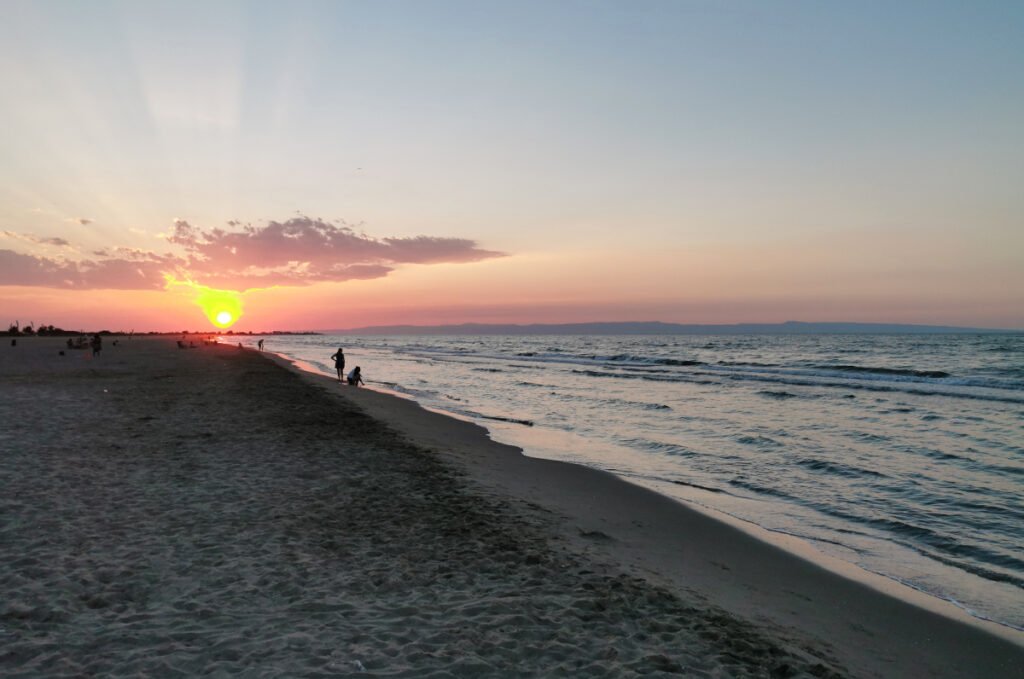
Litoranea di Levante Beach is one of the beaches in the Barletta estate, only 2.2 km from the center.The beach is known for its picturesque and beautiful views, especially at sunset. The sea at Litoranea di Levante Beach is a beautiful and peaceful landscape. However, the sand is dirty and the entrance to the water is rocky.

Archaeological Park of San Leucio

The region of Andria is located within has a myriad of ancient ruins and remains of once important Roman cities.One such site is the San Leucio Archaeological Park.Located next to 30 minutes of Andria in less than 30 minutes and presents another fantastic attraction to explore.
The ancient temple that sits on the hillside here was created on 318 BC and was dedicated to the Goddess Minerva/Athena.Much of the temple still stands today including the foundations, outer wall and several of the ornate columns.Aside from the ruins, there is also a dedicated museum that displays some of the interesting finds from this site.
Castle del Monte
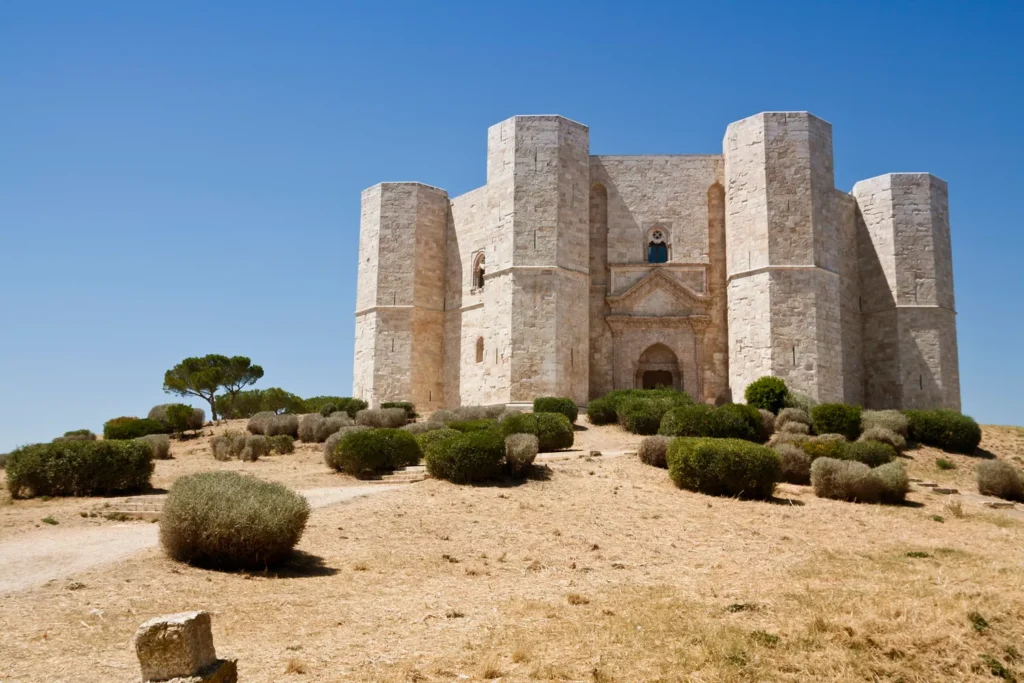
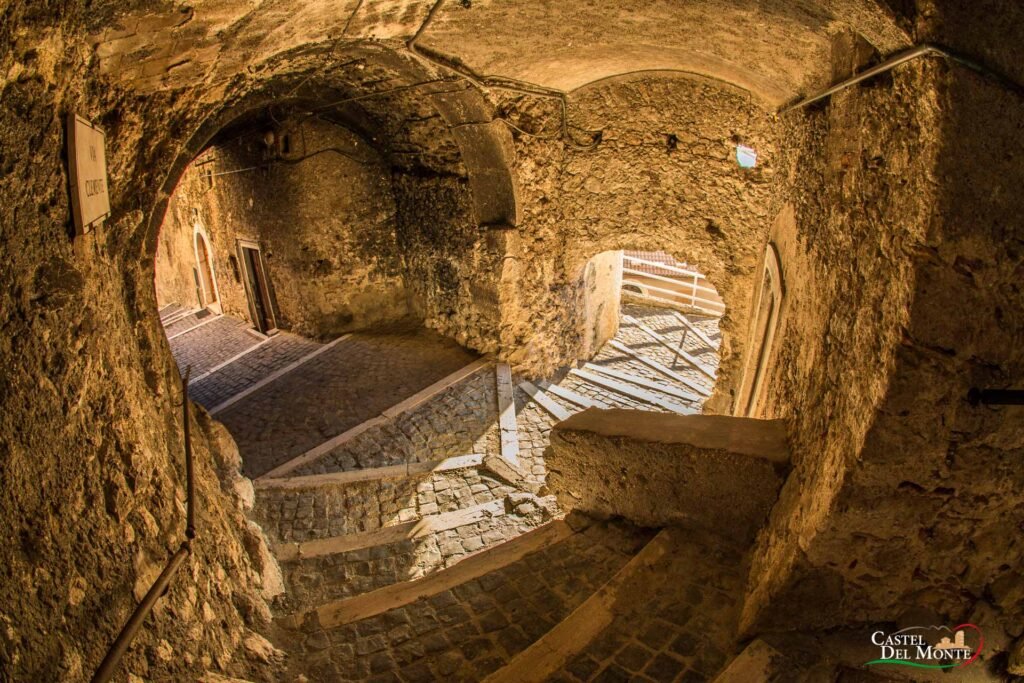
This gorgeous symmetrical castle is a major attraction for those visiting Andria. Located just 20 minutes to the south of the city, the castle is easily accessible by the SS170 route.Created in the 13th century, the castle was built by Emperor Frederick II and is now a World Heritage Site.
Castle del Monte is possibly one of the most beautiful castles created and it features a fantastic octagonal design with 8 identical octagonal guard towers.The interior features some interesting stone designs and sculptures.
Museum Confeitaria

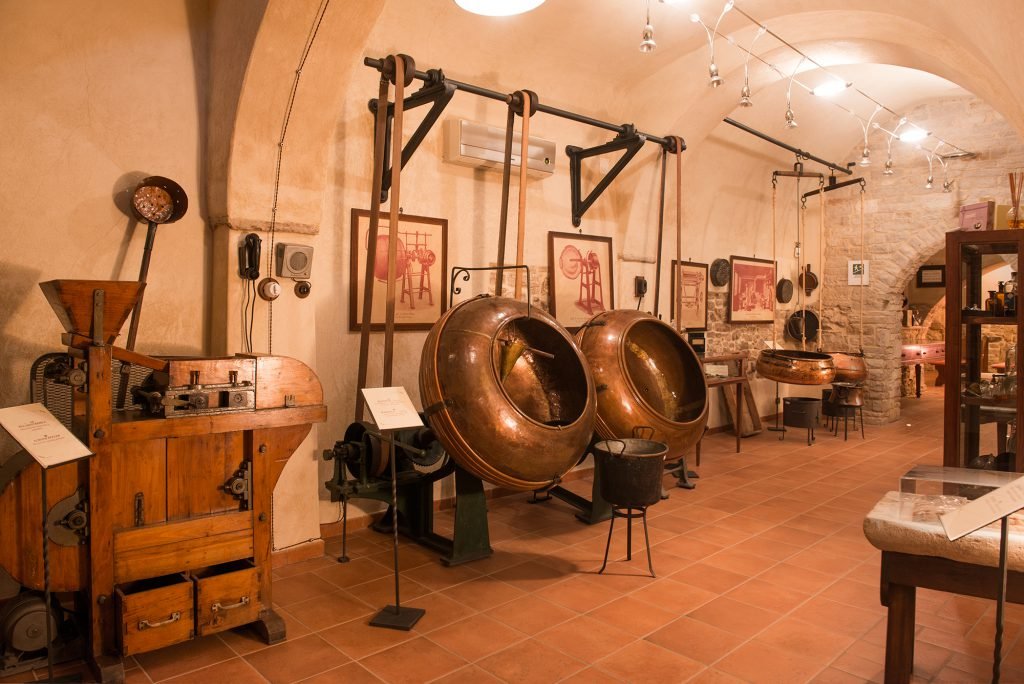
Get to know the taste of colorful drops – “confetti” that are usually eaten during carnival. Visit the museum, see the tools for its production and a DVD presentation in English. The museum will tell you about the fascinating history of the confectionery product, which also reflects the history of modern Italy. This will be worth a visit to combine a piece of Italian cultural history with a bit of shopping and gift purchasing. Shop different flavors of your favorite treat and taste the tasty confetti candies.
Sanctuary of the Madonna dell’Altomare
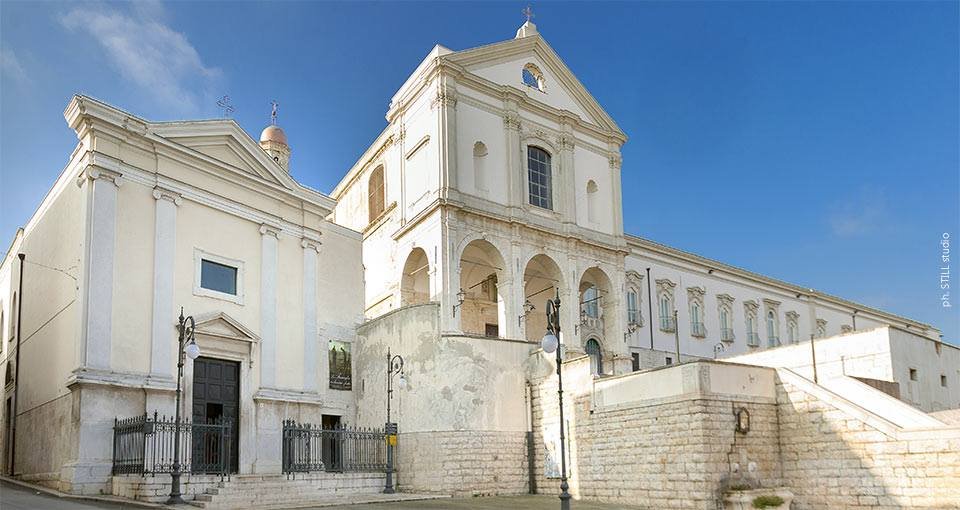

The church of the Madonna dell’Altomare, built in the 17th century, was rebuilt in 1744 as the inscription on the façade recalls. Perched on a tuff spur that descends directly into the sea, was dedicated to the Holy Spirit. The interior has a single nave and features the altar dedicated to the Virgin. All decorations recall the maritime tradition: the mosaic floor is decorated in the center with a star, surrounded by knots. All the furnishings, including lighting, recall the themes of the sea: from the seahorse to the dolphin, from the anchor to the shell.
Sanctuary of Santa Maria dei Miracoli
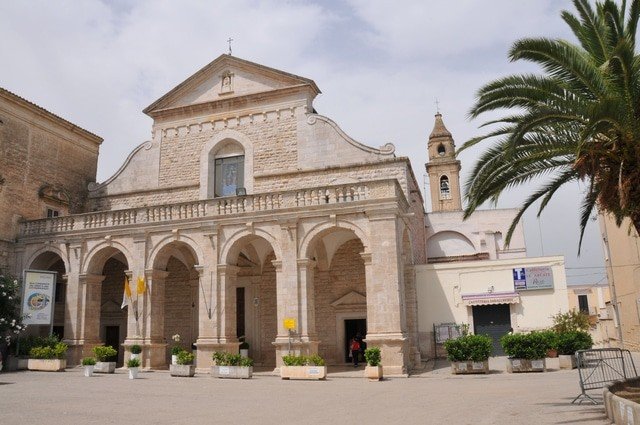
The sanctuary of the Madonna dei Miracoli is a Catholic sanctuary in the city of Andria (province of Barletta-Andria-Trani), located in Piazza San Pio (representing the twelve apostles), on the right the sun (representing Christ) and on the left the moon (representing the Virgin herself).
The Gate of St. Andrew
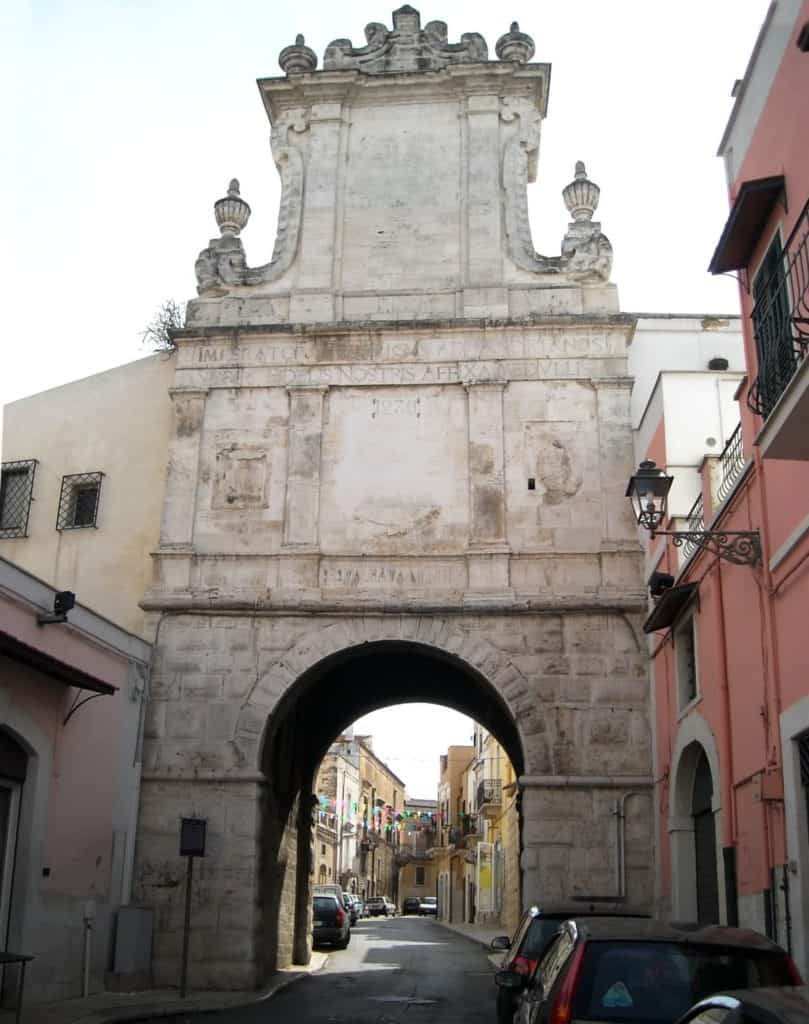
The Gate of St. Andrew, also known as “The Arch of Frederick II”, was erected in the eleventh century. It was built by the citizens of Ancona as a symbol to show their loyalty to the famous emperor. This is also evidenced by the epigraph on the façade. The style of the current structure is late Renaissance and was conferred on it by the restoration of the 16th century.
